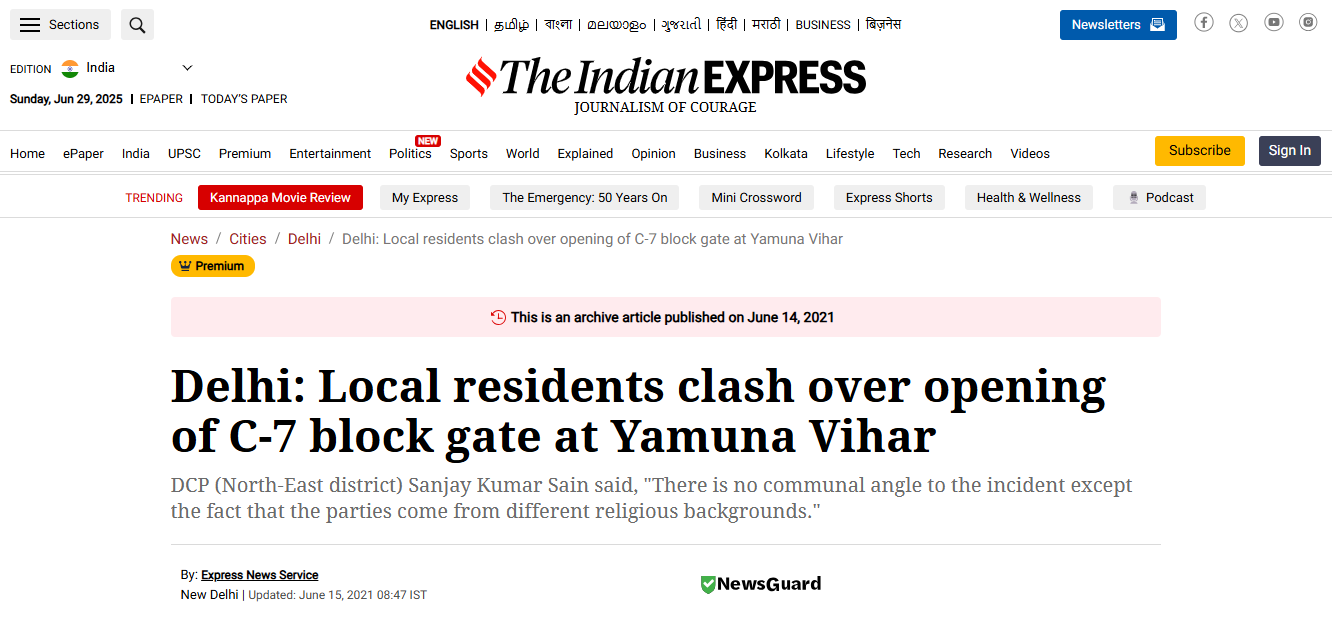After three days of nonstop negotiations on Capitol Hill, the Senate voted 51-50 on Tuesday to pass a domestic policy bill that accomplishes much of President Donald Trump’s first-year agenda. Vice President J.D. Vance cast the tie-breaking vote. Three Republicans — Rand Paul from Kentucky, Thom Tillis from North Carolina, and Susan Collins from Maine — voted against the package, while Democrats were united in opposition.
If approved by the House of Representatives and signed by Trump, the legislation will make the deepest cuts to America’s social safety net in decades and unravel the country’s only existing federal plan to diminish the greenhouse gas emissions driving climate change.
“This sweeping legislation is the most anti-environmental bill of all time and will do extreme harm to our communities, our families, our climate, and our public lands,” the League of Conservation Voters, an environmental advocacy group, said in a statement.
The estimated cost of the GOP’s top policy priority — extending tax cuts from 2017 — is more than $4 trillion over 10 years. In order to offset those tax cuts, Senate Republicans sought to slash spending on green energy approved by Democrats during former president Joe Biden’s term, among other programs such as food stamps and Medicaid. The clean energy subsidies formed the heart of the 2022 Inflation Reduction Act, or IRA, the largest climate spending bill in American history.
The legislation now goes back to the House of Representatives, which passed a less expensive version of the megabill in May, before it goes to Trump’s desk for his signature. The House legislation would have sunsetted the IRA’s investment and production tax credits for wind and solar power within 60 days of the bill’s enactment, an aggressive timeline that renewable energy groups said would weaken their their industry and disincentivize new renewable projects. Fears over regulatory changes have already led to the cancellation of $15.5 billion in clean energy investments this year.
The Senate legislation is only marginally less punitive to the clean energy industry. Wind and solar projects that either start construction before July 2026 or are placed in service by 2027 would be able to take full advantage of existing tax credits. Under the IRA, those credits were set to continue in some form until the country achieved substantial emissions reductions.
An earlier version of the Senate bill also included an extra “excise” tax on wind and solar, which an analysis by the American Clean Power Association showed would increase consumer energy prices up to 10 percent and cost clean energy businesses as much as $7 billion by 2036. That tax was removed from the legislation before the final vote on Tuesday. Conservative lawmakers disclaimed responsibility for the tax’s initial inclusion in the text. “I don’t know where it came from,” Senator Lindsey Graham, Republican from South Carolina, told NBC.
The earlier House bill placed strict limits on using Chinese components in renewable energy projects. The Senate version eased that proposal to include fewer penalties for moderate use of China-linked hardware. But Senate Republicans sped up the House’s proposed phaseout for consumer tax credits for new and previously owned electric vehicles by two months, from the end of this year to September 30. Consumers previously had until 2032 to take advantage of them.
The bill does not include the massive and controversial sell-off of public lands championed by Senator Mike Lee, from Utah, who withdrew that amendment after facing backlash in his state and across the country.
The Senate-approved phaseout of tax credits for wind and solar comes at a time when demand for industrial power is skyrocketing in the U.S. as energy-hungry data centers and clean technology factories crop up across the country. “The intentional effort to undermine the fastest-growing sources of electric power will lead to increased energy bills, decreased grid reliability, and the loss of hundreds of thousands of jobs,” the American Clean Power Association, a clean energy lobbying group, said in a statement. “We can’t afford to pick winners and losers when it comes to reliable, American-made energy.”
The changes made by the Senate during a 24-hour period of intense debate could set up many more hours of debate in the lower congressional chamber. The House squeaked through its version of the bill by striking a balance between moderate Republicans from blue states like California and New York who wanted higher caps on state and local income tax deductions and fiscal hawks from deep-red states who wanted deeper spending cuts. The Senate’s version is about $800 billion more expensive, an increase that could tee up a fight over clean energy tax credit timelines and more. Chip Roy, Republican lawmaker from Texas who wants deeper cuts to green spending, already called it “a deal-killer of an already bad deal.”
Some Republican senators think that’s a good thing.
Senator Lisa Murkowski, a Republican from Alaska who sent a letter to Senate Majority Leader John Thune this April asking him to preserve the clean energy tax credits, was the last holdout in the Senate after Paul, Tillis, and Collins made it clear they were going to vote against the Senate bill. Despite the bill’s consequences for clean energy, Murkowski agreed to support the bill after obtaining a set of carveouts for her state on food stamp work requirements and healthcare cuts.
After voting for the bill, Murkowski expressed misgivings about its contents. “My hope is that the House is going to look at this and recognize that we’re not there yet,” she told reporters.
This story was originally published by Grist with the headline Senate Republicans just voted to dismantle America’s only climate plan on Jul 1, 2025.
This post was originally published on Grist.








 (@iAnonPatriot)
(@iAnonPatriot) 
 (@KatieDaviscourt)
(@KatieDaviscourt) 



